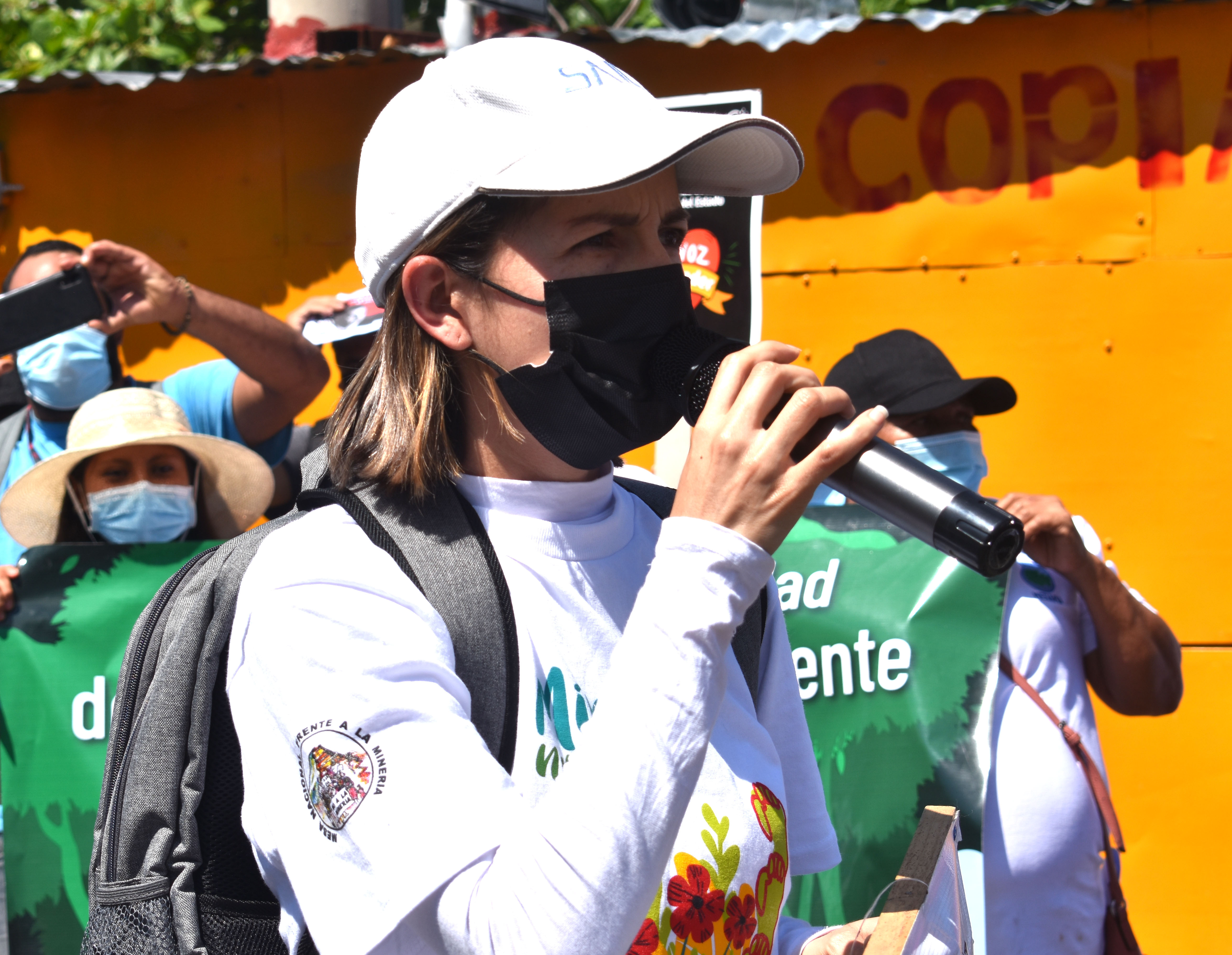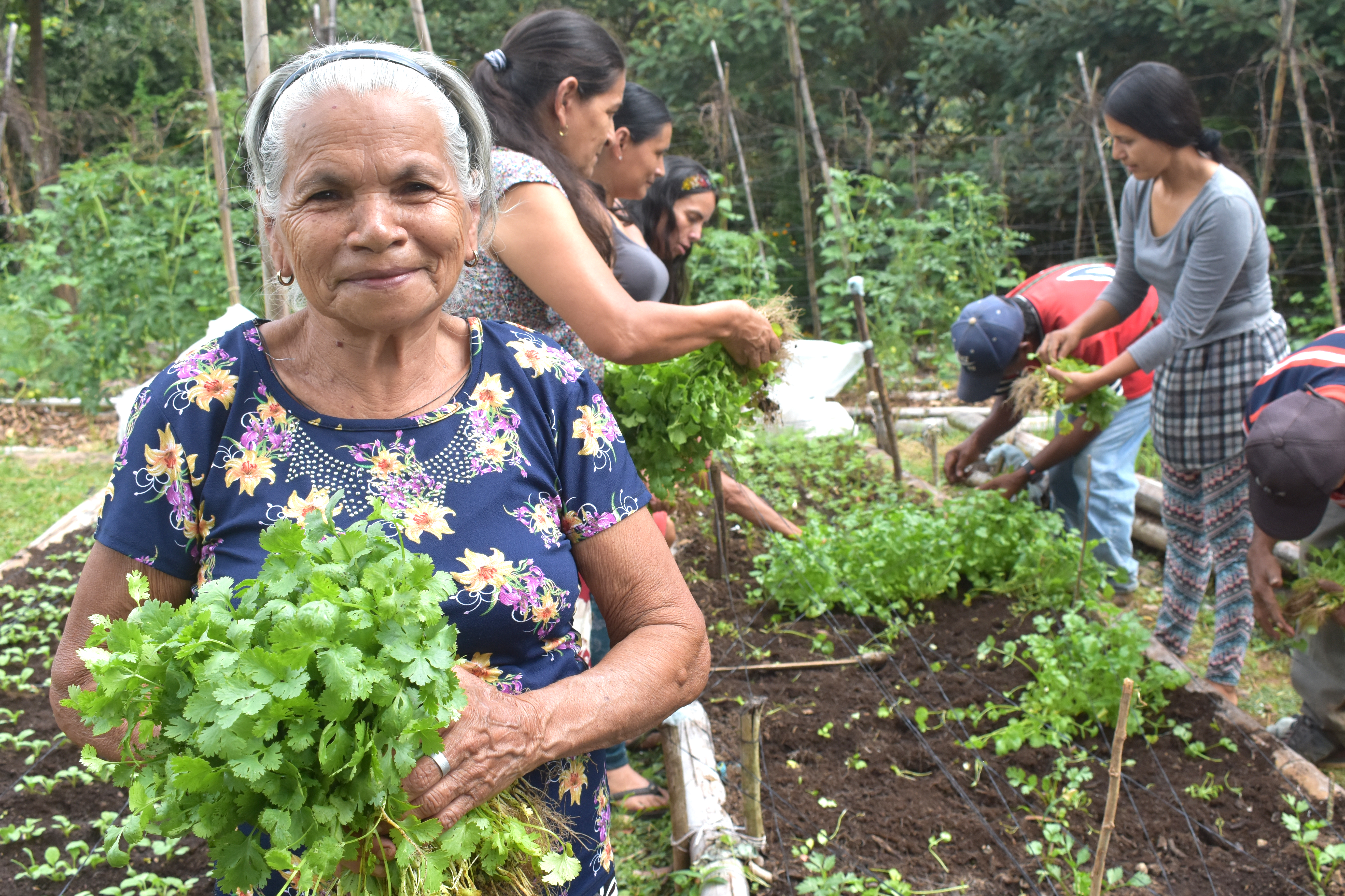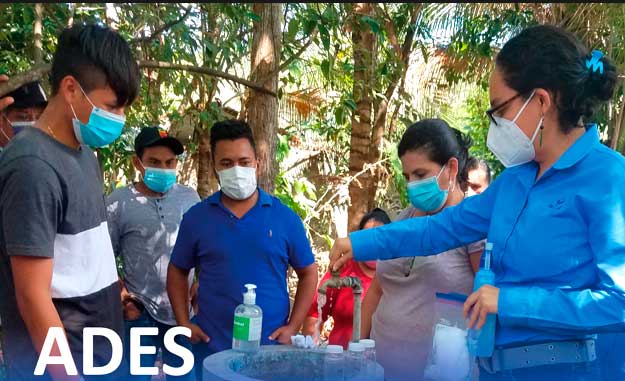Santa Marta, in Victoria, Cabañas presented its organizing history in the book “Where the Torogoz Nests.” The material systematizes the organizing experience and consciousness raising in the community from the period of 1975-1992.
The book, which was presented in the framework of the 30th anniversary of the repopulation of Santa Marta, describes through testimonies of the men and women of Santa Marta, the miserable situation people experienced before they fled to safety in March 1981, the role of the religious community, the army’s persecution, and the community organization.
Maria Julia Ayala recounts in the book: “We were controlled by the boss. Men woke up in the early morning to work and returned at night. The harvest they collected only guaranteed another year of exploitation. I remember one time my dad planted beans, he only took out what he sowed. We were kids and they sent us to negotiate with the boss to see if he would give the opportunity to pay with the next year's harvest. I will never forget what this rich man told us: “I have not given you luck, but land. Bring me what you have harvested.” And we had only tortillas to eat.
The person in charge of systemizing and organizing the community history was Cuban woman, Esther Ávalos. Using the philosophy of popular education, she developed with the community the baseline of the book and the memories that give it life.
“We gave it the name ‘Where the Torogoz Nests’ because it is a national symbol that generates feelings of identity, also because it has characteristics similar to the community: it is a bird that builds its home in difficult areas and it is a bird that cannot live in captivity, said Esther during the presentation of the book.
The rector of the Universidad Centroamericana José Simeón Cañas (UCA), and the population of Santa Marta and its communal leaders participated in the event.




